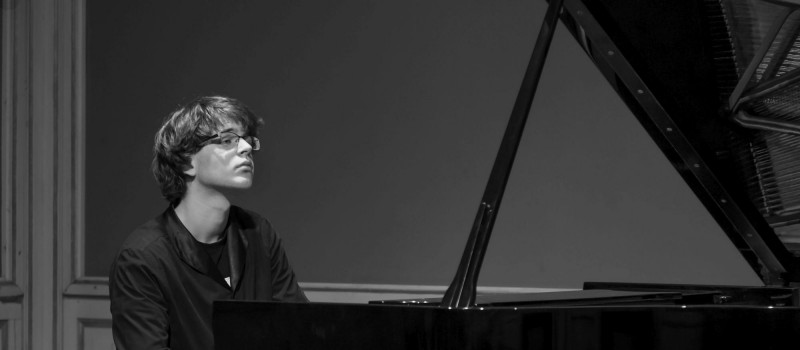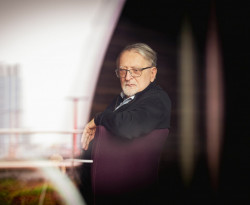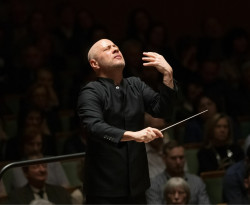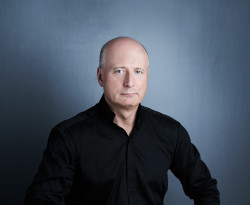
Bartók - Season-Opening Concert
Hungarian National Philharmonic
Ticket prices
Thank you for your understanding and cooperation.
Add this event to your Google Calendar.
The programme for this traditional commemoration of Béla Bartók shows three of the composer's faces, offering a glimpse into three different phases of his career: Two Pictures dates from his early creative period, while the Piano Concerto No. 2 is the work of a mature master. Concerto for Orchestra, written during his years in America, is the expression of an emigrant's homesickness and love for his motherland - as well as one of the outstanding pieces of his later output. Joining the noted and seasoned Hungarian conductor at the front of the stage as the profound and virtuosic soloist for the concerto will be one of the finest representatives of our country's younger generation of pianists.
Presented by: Hungarian National Philharmonic
Sections
Conductor:
-
Gergely Kesselyák
Featuring:
-
pianoFülöp Ránki
Parking information
We wish to inform you that in the event that Müpa Budapest's underground garage and outdoor car park are operating at full capacity, it is advisable to plan for increased waiting times when you arrive. In order to avoid this, we recommend that you depart for our events in time, so that you you can find the ideal parking spot quickly and smoothly and arrive for our performance in comfort. The Müpa Budapest underground garage gates will be operated by an automatic number plate recognition system. Parking is free of charge for visitors with tickets to any of our paid performances on that given day. The detailed parking policy of Müpa Budapest is available here.
Refreshments – Without the Queue
Thanks to our new catering service at the Átrium Snack Bar, you can forget about waiting in line during intermissions for some refreshments and get your order prepped especially for you by the time the intermission actually starts. Find out more about pre-ordering here.
Safe ticket purchase
Dear Visitors, please note that only tickets purchased from the Müpa website and official ticket offices are guaranteed to be valid. To avoid possible inconvenience, we suggest buying tickets to our performances and concerts via the mupa.hu website, the Interticket national network (jegy.hu) or at our official ticket offices.



